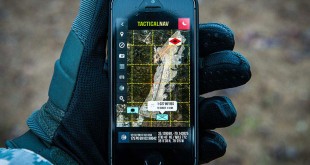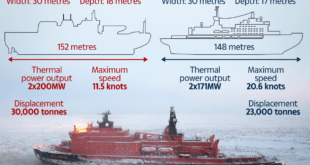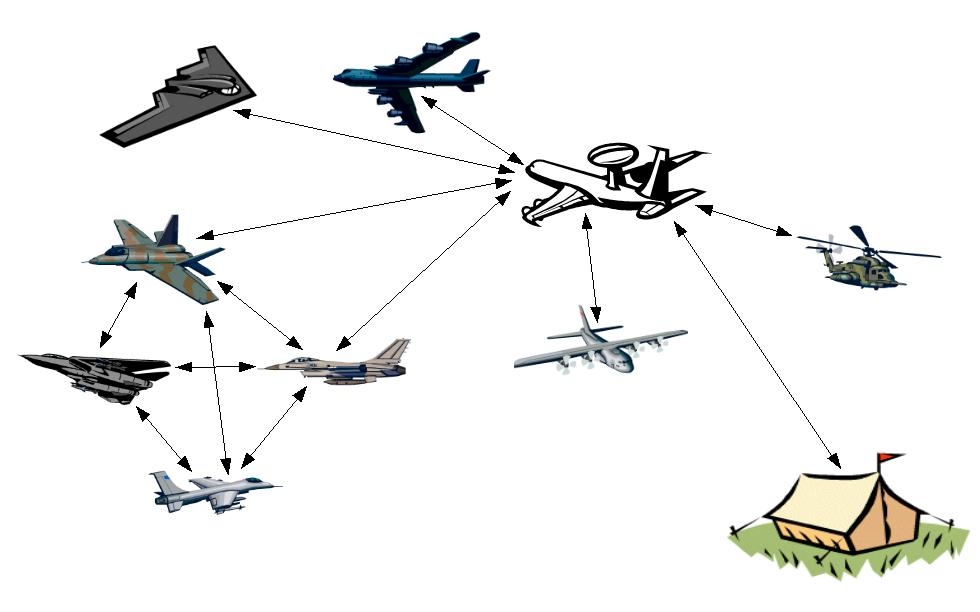Recent growth and advances in mobile computing and communication have revolutionized the way we live and access information. Today we are able to receive and process a vast amount of real-time data and situational information on mobile devices in a manner that has not been witnessed previously. US Department …
Read More »Monthly Archives: June 2021
Russia dominating Naval power in the Arctic with at least 53 icebreakers in its fleet, China and the United States have two icebreakers apiece.
The Arctic region encompasses the seas and land north of latitude 66.33° N. The Arctic Ocean is the smallest of the world’s oceans but is transforming due to its melting ice. Eight countries possess territories there: Canada, Denmark (through possession of Greenland), Finland, Iceland, Norway, Russia, Sweden and the US. …
Read More »Next generation Military Communications technologies enabling high-throughput mobile, secure, survivable, seamless, in congested and contested environments
Communications is vital for War fighters to exchange voice and data, command and control and situational awareness data and video. The vision of Communications area is to provide reliable communication from anywhere to everywhere from war fighters to supreme commander with demanded rate and least latency by exploiting complete electromagnetic …
Read More »Extremely Low Frequency and Very Low Frequency (ELF/VLF ) Communications for Underground, Underwater, and Hypersonic Flight
Radio frequency (RF) technologies have limitations that cannot fulfill specific requirements. For instance, underground and underwater are challenging environments due to the absorption of high frequency electromagnetic (EM) waves in dense media. For hypersonic communications, Very Low Frequencies (VLF) band signals have large EM wavelengths that can penetrate the plasma …
Read More »Future Digital soldiers capabilities: Invisibility, Mind controlled Exoskeletons, Targeting lasers, Smart glasses, Wearable Biosensors, UAV equipped
In an era where technology is the key driver enhancing capabilities across the military, the soldier remains as crucial as ever for achieving mission success. Some of the missions the soldiers perform can take weeks, away from in difficult terrain like deserts and mountains which requires maintaining an incredibly high …
Read More »Countries developing autonomous, Networked Swarms of Munitions or collaborative weapons
Current weapons generally fly a pre-designated mission. If the enemy does something unexpected, preprogrammed weapons are ineffective, and additional weapons may be required to complete the mission. Autonomous, Networked, and collaborative weapons are advantageous since they observe and react to the enemy in real time, helping weapons overcome adversary defenses …
Read More »Extreme mechanics enables Military and Aerospace missions in Extreme environments, driven by breakthroughs in methods, specific instruments, models and software
Many Military and Aerospace missions are going beyond the classical mechanics through pursuit of higher, farther, deeper, faster, smarter, safer, healthier, and cleaner goals in material production, such as aerostats up to tens of kilometers in length, interstellar travel as far as several light-years, deep-sea submersibles that dive as deep …
Read More »Mass Surveillance methods linked to Intelligence agencies becoming extremely sophisticated, invisible and persistent
In the wake of recent terrorism attacks, we have witnessed a significant increase of the level of surveillance conducted by governments around the world. The terms “surveillance” and “spying” as used by NSA means, “government collection of private and personal information: address books, buddy lists, photos, phone numbers, web history, …
Read More »DARPA’s DyNAMO and C2E demonstrated Secure, Jam Resistant and Adaptable Airborne Networks for Collaborative team of Manned & Unmanned Platforms
Chinese military has been engaged in comprehensive modernization of its air, naval, and ground forces, while incorporating a variety of anti-access/area denial (A2/AD) systems and capabilities. “To operate against adversaries with “anti-access / area denial” capabilities the U.S. needs to disperse its forces, disaggregate its capabilities, confuse enemy sensors through …
Read More »Rising CBRN threats require Decontamination solutions and Technologies for soldiers, military equipment and vehicles
According to the University of Maryland’s Global Terrorism Database, there were a total of 143 attacks – 35 biological, 95 chemical, and 13 radiological – using CBRN weapons across the world from 1970 to 2014. The relative ease with which malicious actors could obtain many of the materials and know-how …
Read More » International Defense Security & Technology Your trusted Source for News, Research and Analysis
International Defense Security & Technology Your trusted Source for News, Research and Analysis









